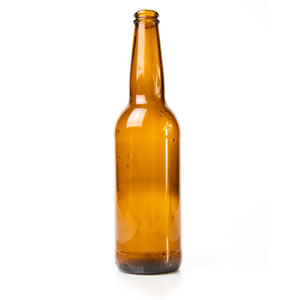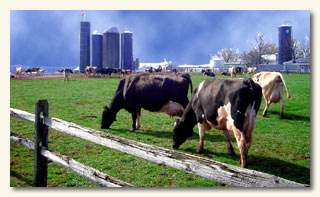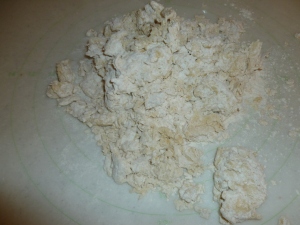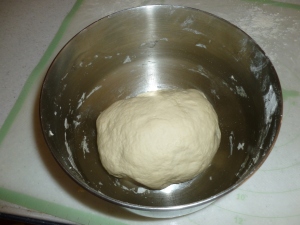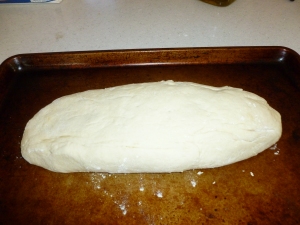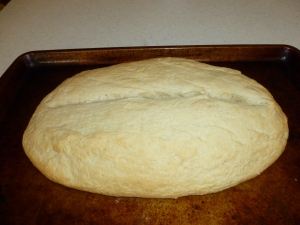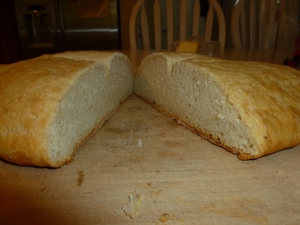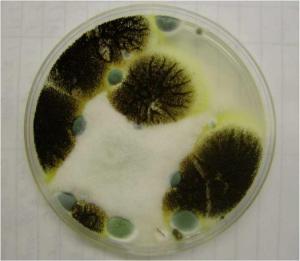A funny thing happened at the grocery store this weekend. Our cashier held up a bag of green beans and asked me what they were. Really? She may have only been a teenager, but she really didn’t know what green beans were? I get it, some of those produce items can be more obscure, and it’s understandable that someone may need to ask for help. For example, how many of you know what what Jicama looks like? Or the difference between Collards, Kale or Mustard Greens? Steve and I walked out both thinking the same thing, even Gavin knows what green beans are. That’s when I realized that I think that I might be doing something right.
Grocery shopping with kids is not always a great experience, especially when your kids are no longer content to sit in the cart and people-watch. Gavin is 3 now and Skylar is 17 months. My usual approach is to put Skylar in the top of the cart and throw Gavin in the back. As we get near the end of the shopping trip, that area gets smaller and smaller with our purchases and understandably, Gavin wants to get out and walk. I usually let him. In anticipation that this will happen, I try to plan shopping trips for times of day where there will be less people at the store. Gavin is starting to listen pretty well and understands that he needs to stay close to me, but the urge to run down that open aisle is sometimes just too much to resist. I try and keep him occupied by having him help me pick out food to buy.
He is especially excited to help in the produce section. We buy a lot of fresh produce, especially in the summer months, and Gavin has developed some strong opinions on what we should put in our carts. He never seems to like my picks for blueberries or bananas, but I have been successful in steering him in the right direction. In the last couple of shopping trips, he has actually made requests for certain produce. This past week, he was very upset that we did not buy any grapes, in the starting-to-cry upset kind of way. It’s because of him that we got the green beans in the first place. He thought that I forgot to get them. He was also very particular about which heads of broccoli to bag. I’ve been using his assistance in my produce selections purely to keep him occupied and close by me. It’s hard to pick out the perfect potatoes when you have a 3 year old running towards the carrots, but it dawned on me that I’m offering an education of sorts that I never realized.
He is learning about all the different types of fruits and veggies that are available. He loves to ask what certain items are and wonders why we aren’t buying them. Prior to this phase, we used the produce section to practice naming colors. We also talk about preferences. For example, it’s ok that Mommy only likes the red grapes, but it’s great that I’ve tried the other colors too. It’s because of Gavin’s curiosity that we bought a broccoflower a few weeks ago. I do have to be careful because he likes to sample things before they are bought and washed. A few weeks ago, I bent towards him to hear what he was saying to me and got a huge whiff of cilantro on his breath. He was snacking on cilantro leaves! (He also loves basil and mint.) Most importantly, buying produce is a regular part of our shopping trip, and he is engaged and aware of these purchases on a weekly basis. He is learning that fruits and vegetables are a standard and expected part of our diets. Hopefully, these early lessons will not only teach my kids what the different produce items are but that it is the norm to include them in your weekly shopping trips. Now, if only I could get Skylar to understand that the ear of corn needs to be cooked before she can eat it, everything would be perfect.
